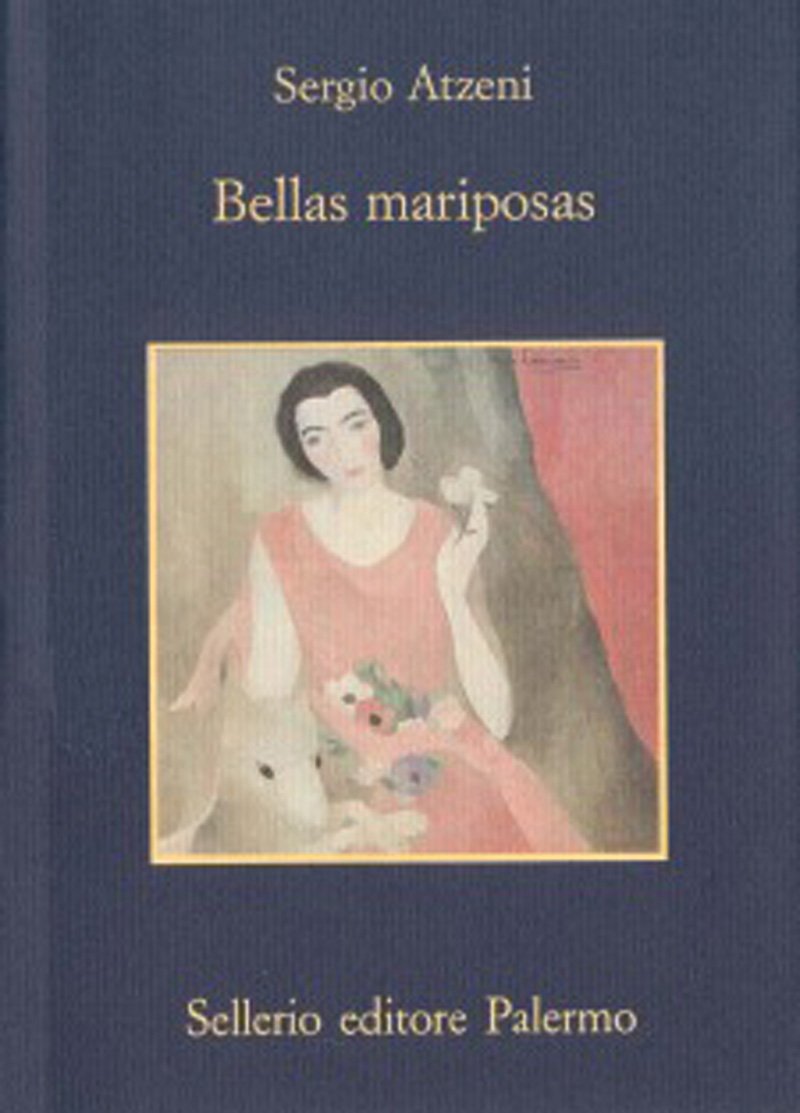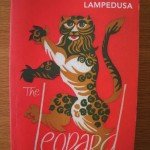Italian Fiction Into Screenplays
The history of Italian literature has always been tightly intertwined with that of film. World-famous cinematic transpositions of literature masterpieces have left indelible marks on the collective imagination. It is enough to mention Il Gattopardo (The Leopard), the celebrated novel by Giuseppe Tomasi di Lampedusa posthumously published in 1958 and recently named by The Observer as one of “the 10 best historical novels” of all time. Its rich portrait of an aristocratic Sicilian family in decline was well captured in Luchino Visconti’s sumptuous 1963 film, starring Burt Lancaster, Claudia Cardinale and Alain Delon.
Other celebrated adaptations of Italian best-selling novels include The Name of the Rose (1980) by Umberto Eco, brought to the screen in 1986 by Jean-Jack Annaud, with Sean Connery in the role of Franciscan friar William of Baskerville, and, more recently, The Shape of Water (1994), the first novel in the internationally popular Inspector Montalbano series by Sicilian crime writer Andrea Camilleri, which has become a successful TV series also broadcast in the US by MHzNetworks.
A recent initiative promoted in New York by ANICA (Italian Association of Cinematographic Audiovisual and Multimedia Industries) and AIE (Italian Publishers Association), with the support of the Italian Ministry for Economic Development and Fondazione Cinema per Roma, has recently turned the spotlight on the fruitful connection between Italian literature and cinema with the aim of promoting Italian film and publishing industries in the US market and favoring international co-production projects. The program of events, titled “Words on Screen – New Italian Literature into Film”, included screenings of films inspired by Italian novels, debates and meetings with directors, producers, writers and publishers, and took place at Casa Italiana Zerilli-Marimò on June 3 and 4, 2013.
The relationship between film and literature in Italy can claim a very long tradition and is still an inexhaustible source of creative inspiration. In the last few years, an increasing number of Italian novels have made it to the screen, with great acclaim of public and critics.
An interesting example is Bellas Mariposas, a 1996 novel by Sergio Atzeni (published by Sellerio), which inspired Salvatore Mereu’s film of the same name released in 2012. The book tells a day in the life of 12-year-old Caterina, who, from the slums of the Sardinian capital Cagliari, spreads her optimistic view of the world on the large-scale wrongs she sees around her.
For his latest film, two-time Oscar winning director Bernardo Bertolucci drew inspiration from Niccolò Ammaniti’s Me and You (Black Cat, 2011), the story of an introverted teenager who lies to his parents about going on a ski trip so that he can spend time alone in a basement.
A young couple struggling with their precarious jobs and desire for parenthood is at the center of Simone Lenzi’s La generazione (Baldini Castoldi Dalai, 2012), adapted into the beautiful film Tutti i santi giorni (Every Blessed Day) by Tuscan director Paolo Virzì.
Finally, in 2013, Siberian Education (McClelland & Stewart, 2011), a successful crime biography by Nicolai Lilin, was brought to the screen by Oscar-winning film director Gabriele Salvatores, with John Malkovich taking the lead. A Russian-born author who writes in Italian, Lilin tells the compelling story of his criminal education in a contested, lawless region between Moldova and Ukraine known as Transnistria.
While Italian contemporary writers lend their creations to talented filmmakers, the classics of Italian literature have never ceased to fascinate the masters of the Seventh Art. It is no accident that veteran Italian director Ermanno Olmi selected three masterpieces of Italian literature as a theme for his 1950s short films, screened at Casa Italiana Zeri l l i -Marimò on June 2, 2013: L’onda (The Wave, 1903) by Gabriele D’Annunzio; Dialogo di un venditore d’almanacchi e di un passeggere (The Dialogue Between an Almanac Seller and a Passer-By, 1832) by Giacomo Leopardi; and Manon Finestra 2 (Manon: Window 2, 1956) by Pierpaolo Pasolini.
Widely explored by literature and film critics, the symbiotic relationship between these two forms of art continues to be a field of fascinating crossovers, which involve complex issues of fidelity and transcoding, while suggesting new approaches to reading literature and contributing to a greater awareness of the intertextual openness of culture.
Laura Giacalone is the Associate Editor for the Italian Journal.





